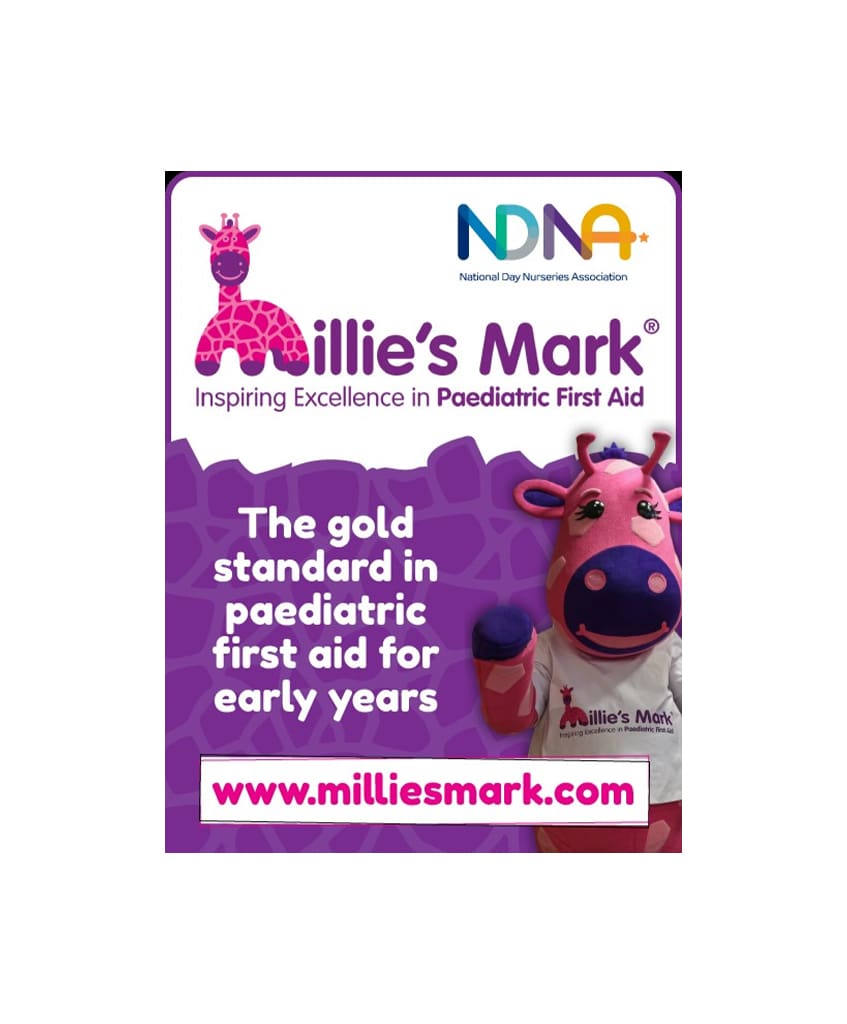Choking happens when someone’s airway suddenly gets blocked, either fully or partly, so they can’t breathe or breathe properly. They might be able to clear it by coughing, but if they can’t you will need to help them straight away.
How do I know if someone is choking?
You should be able to identify that someone is choking if they are unable to speak, particularly if they are eating, but here are some other indicators:
- They clutch their throat and point to their mouth
- Coughing or gagging
- Have problems speaking or breathing
- Make a whistling sound and become very agitated
- They cannot make any sounds or are unable to cough
- Their skin tone may change to grey/blue in the later stages
- Ultimately the person loses consciousness
What to do if it is only mild choking
If the airway is only partly blocked, the person will usually be able to speak, cry, cough or breathe. Usually, they can remove the obstruction on their own.
To help with mild choking in an adult:
- encourage them to keep coughing to try to clear the blockage
- ask them to try to spit out the object if it’s in their mouth
- don’t put your fingers in their mouth to help them as they may bite you accidentally
If coughing doesn’t work, start back blows.
What to do if someone is severely choking
When choking is severe, the person will not be able to cough, speak or breathe. It is imperative to help them before they lose consciousness. To help an adult or child over one years old you would act the following steps:
- Stand behind the person and slightly to one side.
- Support their chest with one hand and lean the person forward so that the object blocking their airway will come out of their mouth, rather than moving further down the airway.
- Give up to five sharp blows between the person’s shoulder blades with the heel of your other hand. (The heel is between the palm of your hand and your wrist).
- Check to see if the blockage has cleared and relieved the obstruction
- If not, give up to five abdominal thrusts.
To carry out an abdominal thrust:
- Stand behind the person who is choking.
- Place your arms around their waist and bend them forward.
- Clench your fist and place it between the navel and the bottom of their breastbone.
- Put the other hand on top of your fist and pull sharply inwards and upwards.
- Repeat this movement up to five times.
If the person’s airway is still blocked after trying back blows and abdominal thrusts, get help immediately:
- Call 999 and ask for an ambulance. Tell the 999 operator the person is choking.
- Continue with the cycles of 5 back blows and 5 abdominal thrusts until help arrives.
If they lose consciousness and aren’t breathing, you should begin cardiopulmonary resuscitation (CPR) with chest compressions.
How to stop a child from choking
Children frequently put objects in their mouths, especially those between the ages of 1 and 5. This is a normal part of how they explore the world.
Certain tiny objects, such button batteries, marbles, and beads, are just the right size to become stuck in a child’s airway and cause choking.
Keeping little items like these out of your child’s reach is the easiest way to prevent this.
No matter how careful you are, your child may choke on something. In most cases, you or someone else will see your child swallow the object that causes choking.
There can be other reasons why your child starts coughing. But if your child suddenly starts coughing, isn’t ill and has a habit of putting small objects in their mouth, there’s a good chance that they’re choking.
Tips on helping a choking child
- If you can see the object, try to remove it. Don’t poke blindly or repeatedly with your fingers. You could make things worse by pushing the object further in and making it harder to remove.
- If your child’s coughing loudly, encourage them to carry on coughing to bring up what they’re choking on and don’t leave them.
- When your child coughs ineffectively—that is, when it’s silent or they are having trouble breathing—call for assistance right away and determine if they are still conscious.
- Use back blows if the child is still conscious but isn’t coughing or isn’t coughing effectively.
Back blows for babies under 1 year
- Sit down and lay your baby face down along your thigh or forearm, supporting their back and head with your hand.
- Sit down and lay your baby face down along your thigh or forearm, supporting their back and head with your hand.
Back blows for children over 1 year
- Lay a small child face down on your lap as you would a baby.
- If this isn’t possible, support your child in a forward-leaning position and give 5 back blows from behind.
- If back blows don’t relieve the choking and your baby or child is still conscious, try abdominal thrusts or chest thrusts. This will induce an artificial cough, which will raise the chest’s pressure and help in the object’s removal.
Chest thrusts for children under 1 year
- Lay your baby face up along the length of your thighs.
- Find the breastbone and place 2 fingers in the middle.
- Give 5 sharp chest thrusts (pushes), compressing the chest by about a third.
Abdominal thrusts for children over 1 year
- Stand behind the person who is choking
- Place your arms around their waist and bend them forward
- Clench your fist and place it between the navel and the bottom of their breastbone
- Put the other hand on top of your fist and pull sharply inwards and upwards
- Repeat this movement up to five times.
Following chest or abdominal thrusts, reassess your child as follows
- If the object remains in place and your child is still conscious, repeat the back blows and chest/abdominal thrusts.
- If you’re still by yourself, call for assistance or send someone.
- Keep the child with you.
If, despite trying back blows and either chest or abdominal thrusts, the blockage persists, dial 999. Continue doing this cycle until help arrives.
Even if the object has come out, get medical help. Part of the object might have been left behind, or your child might have been hurt by the procedure.
How can I learn CPR?
Cross Counties Training would like to help you and your work colleagues to learn CPR, so that you know what to do in these circumstances.
Take a look at just some of the certified First Aid training courses we offer to help you and your business to be prepared:
Paediatric First Aid Level 3 Training Course – Cross Counties Training
Level 3 Emergency First Aid at Work – Cross Counties Training
Corporate First Aid Training – Cross Counties Training
First Aid at Work Requalification 12 Hour Course – Cross Counties Training
If you would like to speak to us about how we could help with your First Aid training requirements, please call us on 01276 586943 or email us at admin@crosscountiestraining.co.uk for hassle-free bookings.









